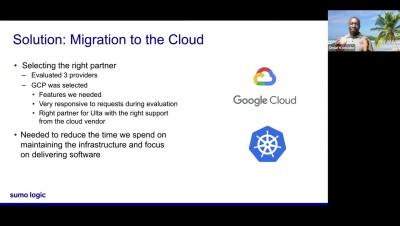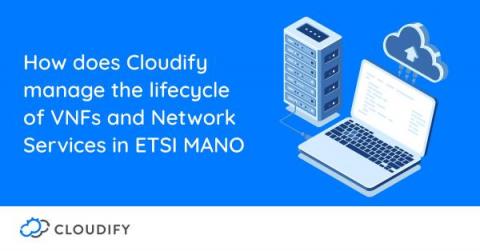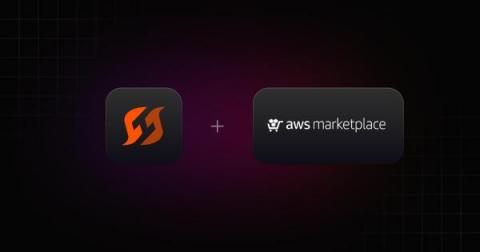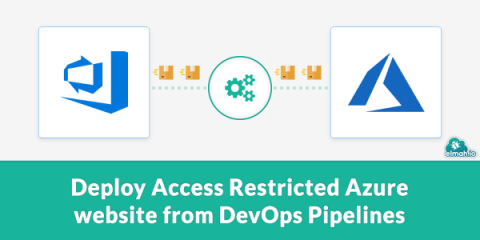A Vision Turned into a Production Reality All the Way to the Edge!
During MWC 2019, we first announced project Spire. Project Spire was the codename for our Cloudify edge strategy. It was designed primarily for handling orchestration at extreme scale (10k sites, x millions of devices). The design was based on a unique distributed orchestration architecture as could be seen in the diagram below.











